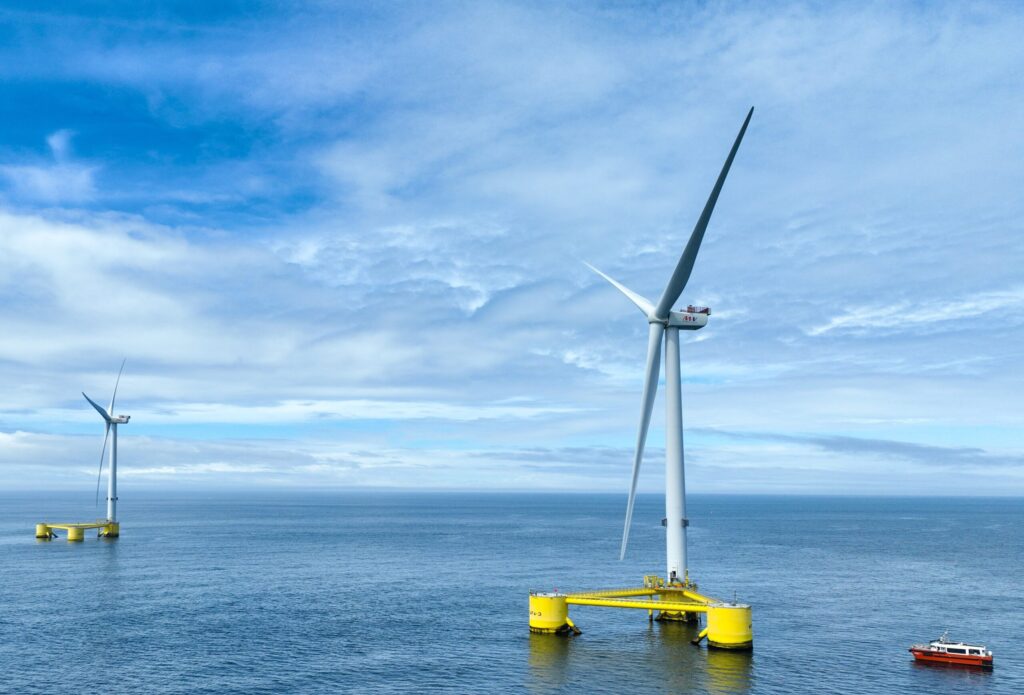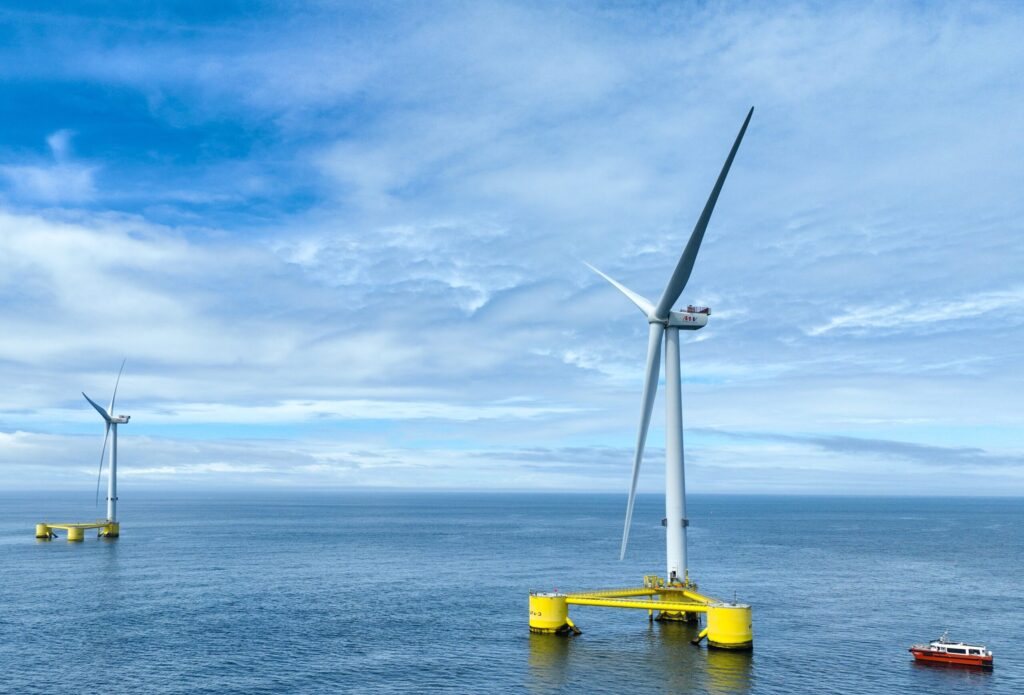The offshore wind sector is transitioning from fixed to floating wind farms at a GW scale, necessitating an understanding of substation selection’s technical and economic implications. This study aims to inform developers on supply chain engagement and substation delivery, focusing on HVAC floating and subsea substations. Inter-array and export cables are outside the scope of this study but have been considered at a high level when required.
This project (Subsea vs Floating Substations – Technoeconomic Comparison) is part of the Dynamic Cables Strategic Programme, which has been established to accelerate technology development for identified technology gaps, qualify technology for application in floating offshore wind (FOW), reduce technology risk, optimise technology applications and system architectures, and support new supply chain organisations to enter the market, boosting capacity and competition.
As FOW projects increase in power capacity and scale, they will require the introduction of an offshore substation (OSS).Similarly, with the introduction of floating offshore wind turbines (FOWTs), the traditional fixed-bottom substation platforms will no longer be a viable option on many planned largescale FOW sites due to the increase in water depth at project sites. Attention then turns to the prospect of floating offshore substations (FOSSs) or subsea substations (SS).
There are three potential substation types that could be used in floating wind: bottom-fixed (assuming a suitably shallow site is available), floating, or subsea. Currently, it is not understood which scenario is the most technologically and economically viable. There are reservations towards floating substations due to the requirement of high voltage (HV) dynamic export cables which are not yet available, while subsea substations require subsea connectors. There is a need to understand how the different options compare and at what water depths the solutions are competitive. The findings will help developers inform their supply chain engagement and project Front End Engineering Design (FEED) scoping. This study can take many of the learnings from floating oil and gas (O&G) assets but will also highlight the knowledge gaps for the application of floating wind.





